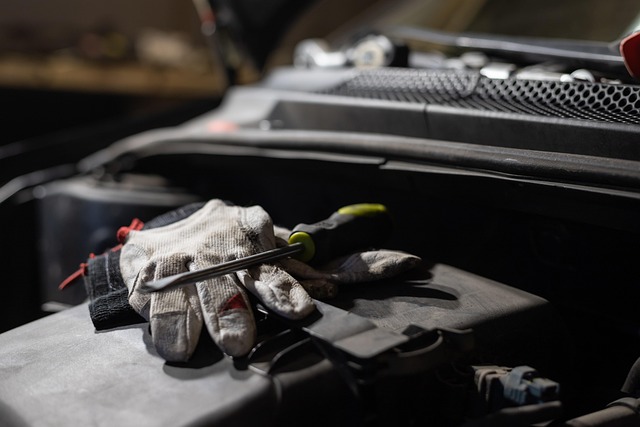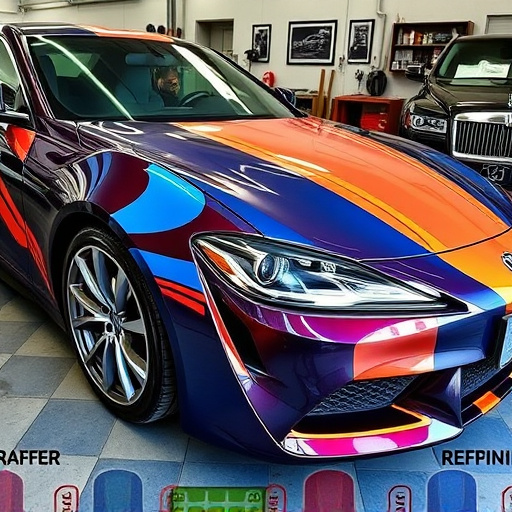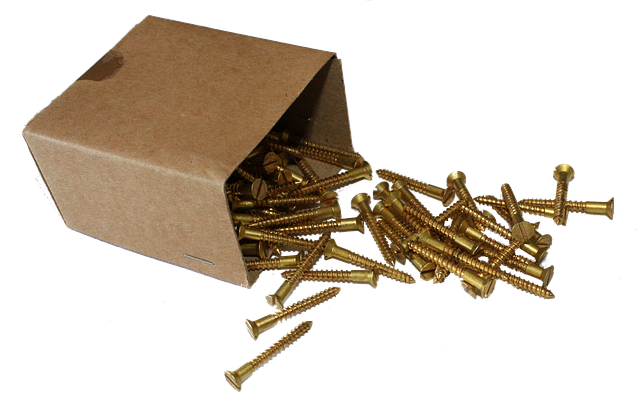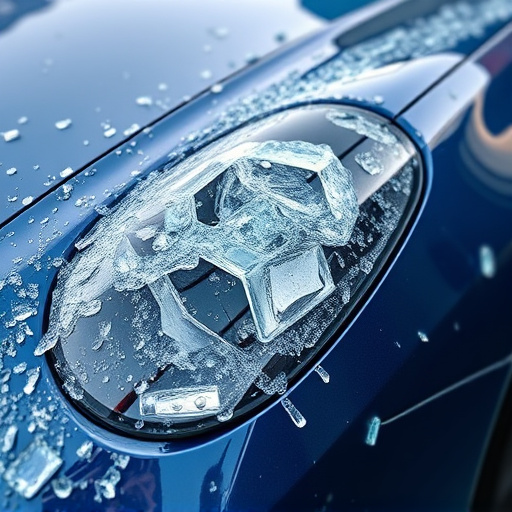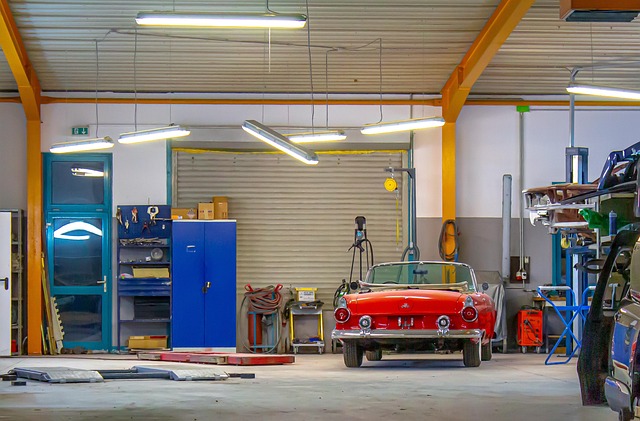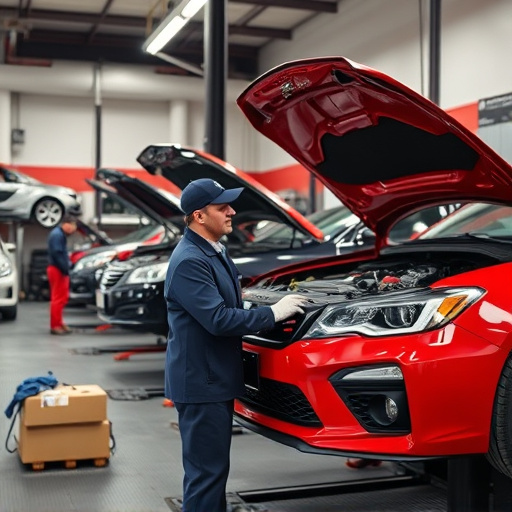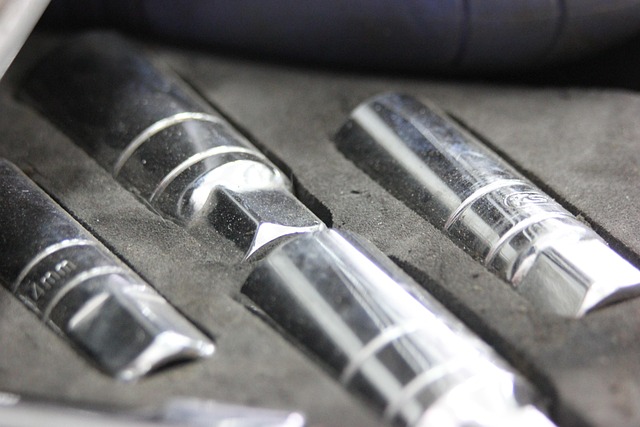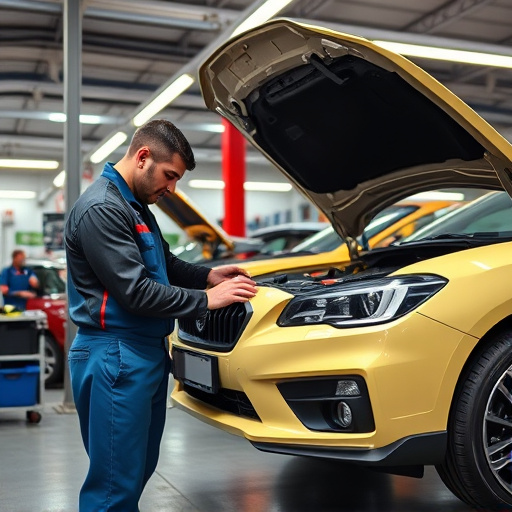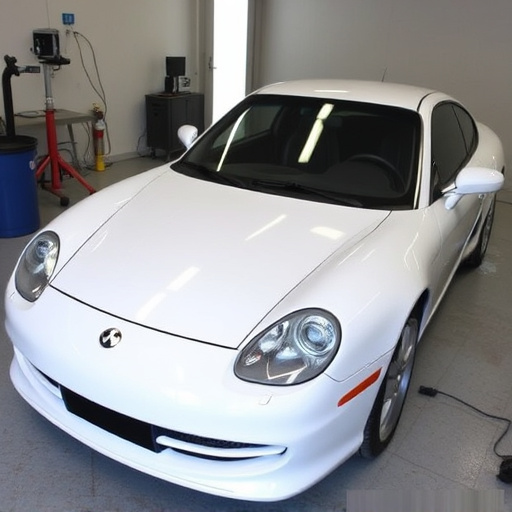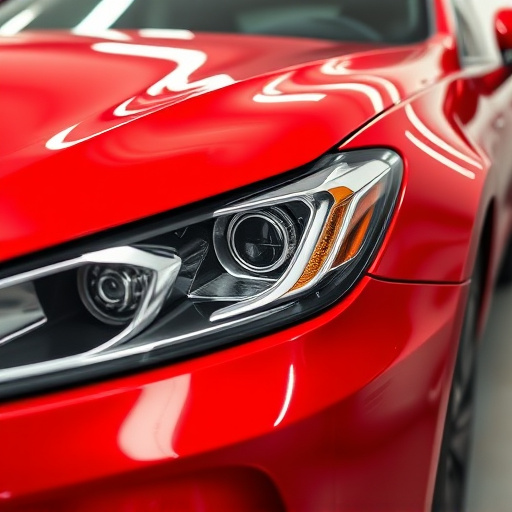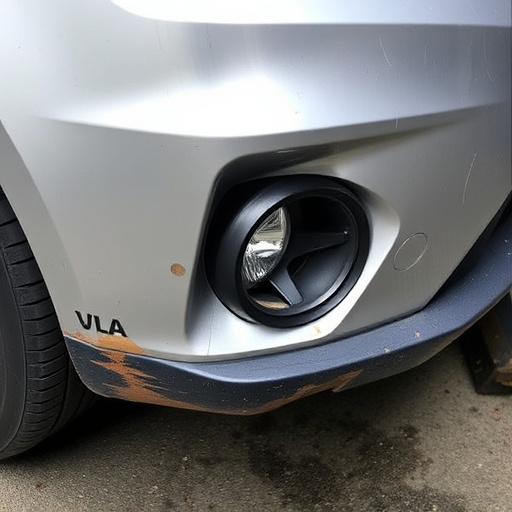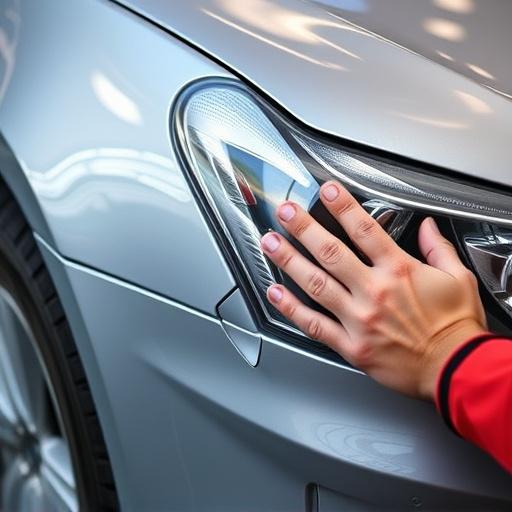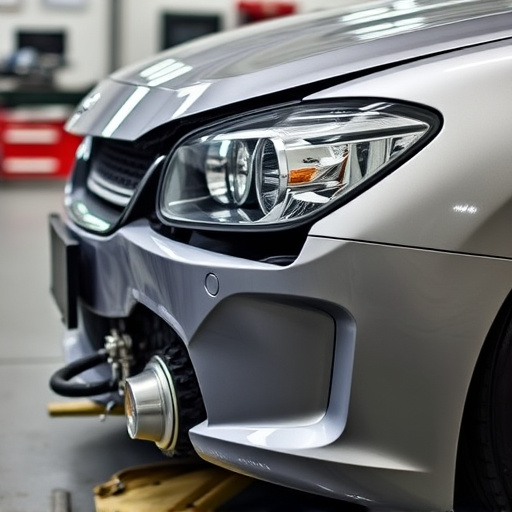OEM glass replacement is crucial for maintaining vehicle integrity and safety after auto collision repair or car paint services, with insurance companies mandating original manufacturer parts to meet strict standards and prevent extra costs. A rigorous verification process ensures accurate replacements by cross-referencing vehicle information with OEM guidelines, preserving the vehicle's original design and structural stability. This collaborative approach involves insurance adjusters, automotive repair shops, and OEM suppliers, safeguarding against fraudulent claims and ensuring repairs meet the highest safety standards.
In today’s digital era, understanding OEM (Original Equipment Manufacturer) glass replacement is paramount for both insurers and policyholders. When it comes to insurance claims, accurate verification of OEM glass specifications ensures fair compensation and timely repairs. This article delves into the intricate process behind this verification, highlighting the critical role played by specialized professionals. We explore how they navigate complex standards, ensuring genuine parts are used in replacement, thereby revolutionizing the claims process for a smoother experience.
- Understanding OEM Glass Replacement and Its Role in Insurance Claims
- The Process of Verifying OEM Glass Specifications
- Who Plays a Critical Part in Ensuring Accurate Verification?
Understanding OEM Glass Replacement and Its Role in Insurance Claims
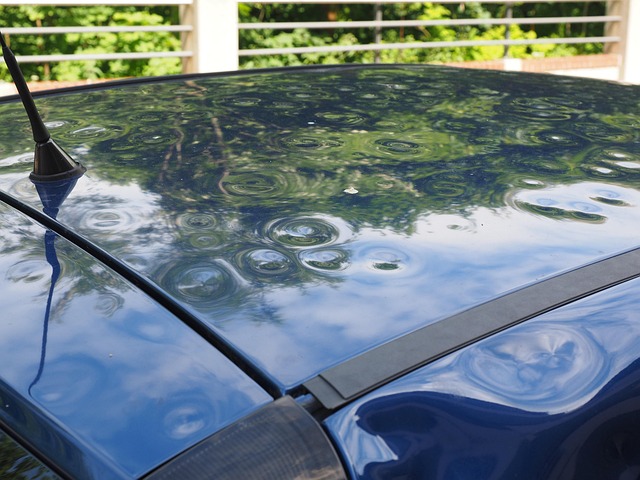
When it comes to insurance claims involving damaged vehicles, especially those that have undergone auto collision repair or require car paint services, understanding OEM (Original Equipment Manufacturer) glass replacement is paramount. OEM glass refers to the original glass components manufactured by the vehicle’s maker, designed to exacting standards and specifications. This is crucial in ensuring not just visual similarity but also structural integrity for safe driving.
OEM glass replacement plays a pivotal role in insurance claims processes, particularly as it pertains to auto dent repair and overall vehicle restoration. Insurance companies often specify the use of OEM parts for replacement, including windows, mirrors, and windshields, to maintain the vehicle’s original characteristics and protect policyholders from unnecessary costs associated with aftermarket alternatives that might lack quality control or adherence to safety standards. This practice not only guarantees a more accurate aesthetic match but also reinforces the structural stability necessary for safe operation of the vehicle following an auto collision repair.
The Process of Verifying OEM Glass Specifications
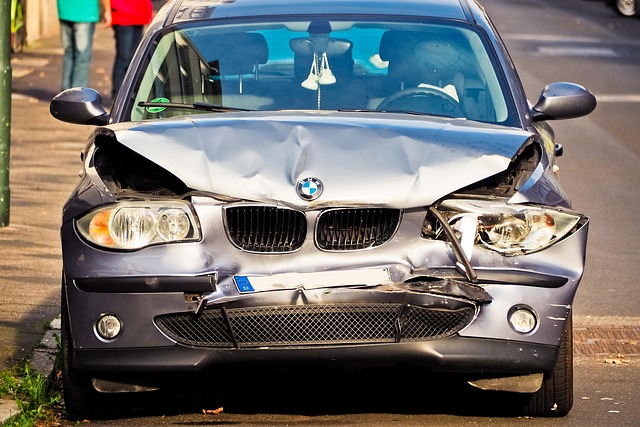
When it comes to insurance claims for OEM glass replacement, a meticulous process is essential to ensure the right parts are used. The verification of OEM glass specifications involves several steps. First, the auto body shop or auto glass repair specialist gathers all relevant information about the vehicle, including its make, model, and year. This data is crucial as it dictates the exact specifications required for the replacement glass.
Once the details are in hand, the team cross-references these with the manufacturer’s guidelines to ensure compliance. They check the dimensions, type of glass, and any special features or treatments mandated by the vehicle manufacturer. This meticulous process ensures not only the safety and quality of the auto glass repair but also that the replacement part aligns perfectly with the car’s original design, ensuring a seamless fit and finish in both car paint repair and auto body shop settings.
Who Plays a Critical Part in Ensuring Accurate Verification?
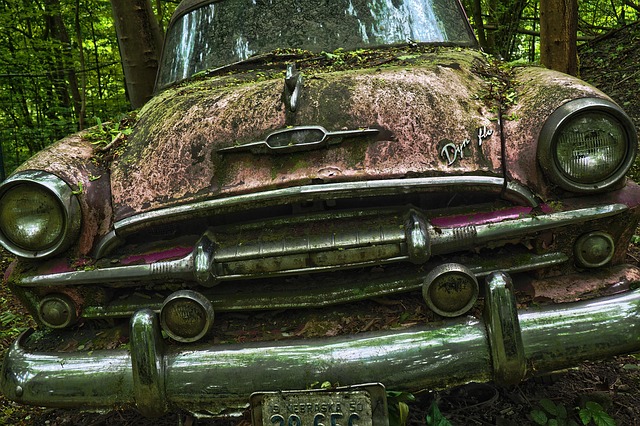
When it comes to insurance claims for OEM glass replacement, ensuring accurate verification is paramount. The process involves a collaborative effort between several stakeholders who play a critical part in maintaining precision and integrity. Insurance companies, for instance, rely on detailed specifications to approve claims, often delegating this task to dedicated adjusters who cross-reference original equipment manufacturer (OEM) standards with the damaged or replaced parts.
Automotive repair shops, particularly those specializing in Mercedes-Benz repairs among various brands, are also instrumental. Skilled technicians inspect and document the damage, providing crucial data on part numbers, makes, and models. They work hand-in-hand with insurers and OEM suppliers to confirm the authenticity of replacement parts, ensuring that only genuine auto glass repair components are used in vehicle body repair processes. This collaborative approach safeguards against fraudulent claims and guarantees repairs meet the highest safety standards.
In summary, the process of verifying OEM glass specifications for insurance claims is crucial to ensuring accurate replacements and fair settlements. The expertise of specialists in this field plays a pivotal role in navigating the complexities of OEM standards, ultimately fostering transparency and satisfaction for all parties involved in the claims process. By understanding who takes on this critical task, we can enhance the efficiency and reliability of OEM glass replacement in insurance claims.
